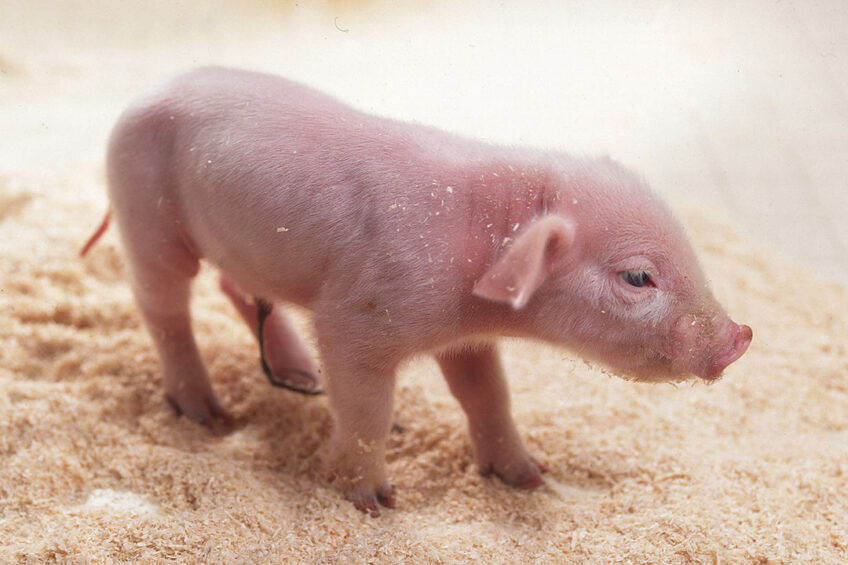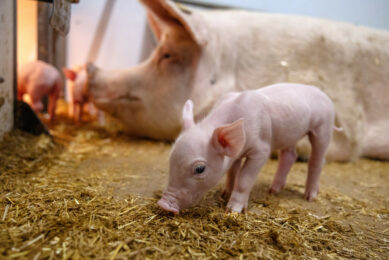Factors that influence low birth weight pigs

The probability of loss and mortality in pigs is largely driven by low birth weight.
These gilts have slower growth, take longer to reach maturity, and are inefficient in terms of reproduction. It’s important when looking at the efficiency of good gilt development to pay attention to birth weights and identify the sows with low birth weight phenotypes, according to Jennifer Patterson, research coordinator at the University of Alberta (Canada).
“If we have 100 sows, about 10% to 15% of the population will have low birth weight. However, [low birth weight sows] will then produce about 40% of the low birth weight pigs,” Patterson explains.
Sources of low birth weight
Farms need to identify what is the source of the low birth weights – there are 2 sources of low birth weight pigs:
Litter variation – within any litter you might have those low birth weight pigs.
Litter trait – where a sow will, repeatedly over their lifetime, have entire litters of low birth weight pigs.
Piglet survivability over quantity
One factor contributing to low birth weight pigs is the interaction of ovulation rates and embryo survival. The focus on increasing litter size has elevated instances of low birth weight. But some genetic companies are starting to select birth weight balanced with litter sizes. They’ve recognised the importance of survivability, rather than just total born.
Sow Lifetime Productivity
If there is a population within the herd that always produces low birth weight pigs, it is an interaction between the genotype and the phenotype, and farmers can manage this by looking at Sow Lifetime Productivity (SLP). The SLP relates to the number of pigs a sow produces in her lifetime, longevity i.e. how long she stays in the herd, and overall efficiency. There are 4 key components to SLP:
Age at puberty – Early puberty stimulation (approximately 170 days of age) has been associated with increased fertility over the lifetime, and fewer non-productive days.
Weight – Patterson recommends gilts being bred probably between 135 to 160 kilogrammes. Sows heavier than this at service will be less productive, along with being heavier throughout their productive life, so they’ll cost more to feed
Oestrus – A study done by University of Alberta’s Swine Reproduction & Development Program (SRDP), compared gilts serviced at first, second, and third oestrus. Gilts serviced at their first recorded oestrus had fewer pigs born in their first litter, more low birth weight pigs, and lower retention rates.
Age of service – This is intrinsically related the age of puberty. Parity is positively correlated with age, but it is important to recognize the two are not directly linked.
Critical to reducing the number of low birth weight pigs is tracking litter birth weights and determining if low weights are a product of litter variation or trait. Once that is ascertained, the farm can better manage future gilt survivability.
Jennifer Patterson is part of a team at Livestock Gentec where she currently conducts research focused on health resiliency. At the University of Alberta, she is the Senior Research Coordinator for the Swine Reproduction & Development Program (SRDP). Click here for their additional research











